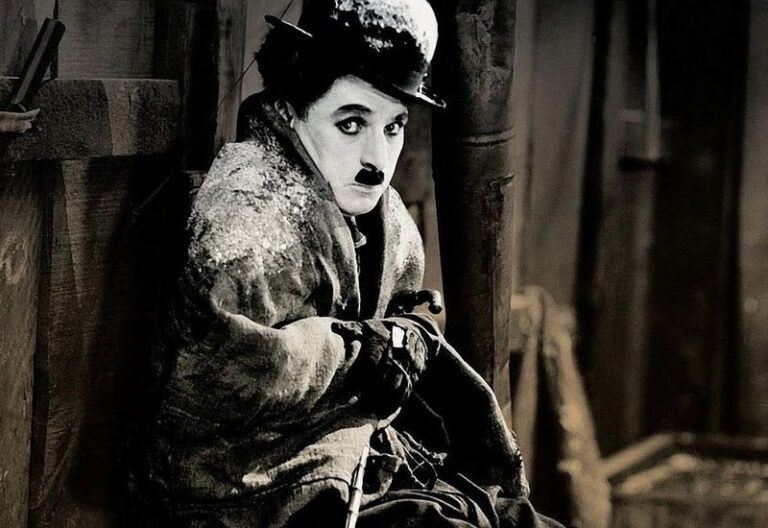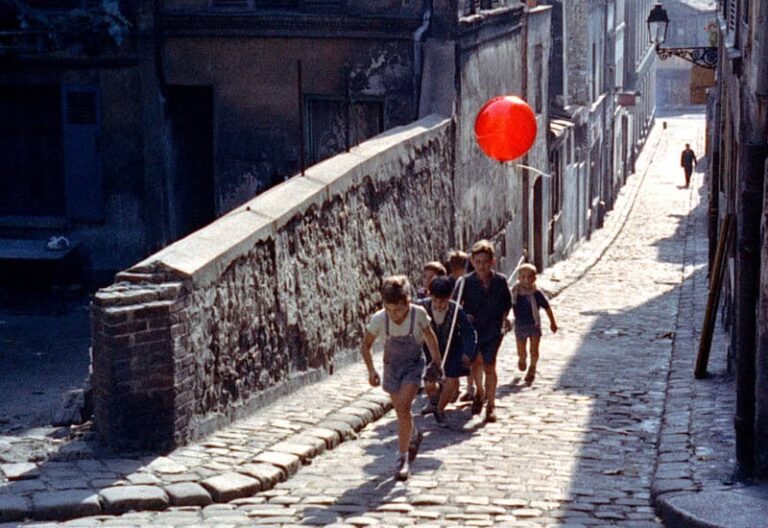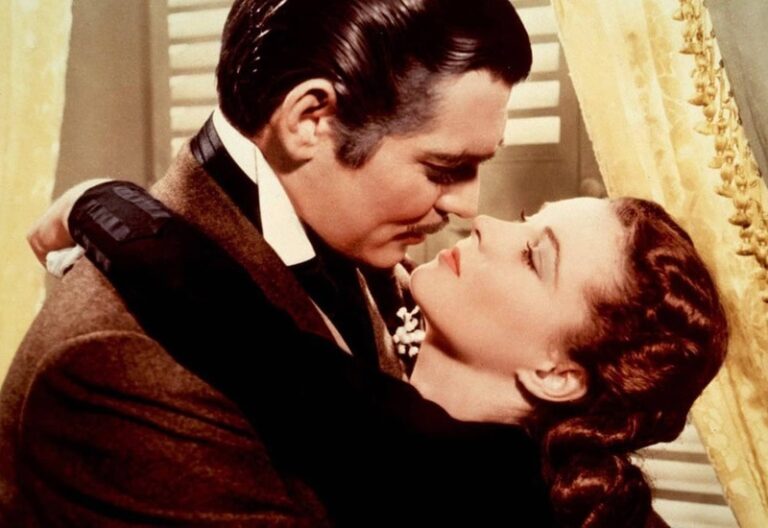a beginner's guide to animation in film
Animation is an ever-evolving art form that has enchanted audiences for more than a century. From the earliest experiments in motion pictures to the cutting-edge CGI of today, animation has continuously pushed the boundaries of storytelling and visual creativity. Over the years, animation in films have become a powerful and influential force in the entertainment industry, captivating viewers of all ages.
Published by: CinemaWaves Team | Filed Under: Film Blog
History of Animation in Film:
Early Innovations
In the late 19th century, a new form of visual magic began to take shape as inventors and artists explored the illusion of motion. Devices like the zoetrope and the phenakistoscope were among the first to create the illusion of moving images – early films. These devices used sequential images viewed in rapid succession to create the appearance of motion, laying the groundwork for the development of animated films.
The first true fully animated film was made by Emile Cohl, a French filmmaker and cartoonist, who created the short film “Fantasmagorie” in 1908. The film consists of a series of simple, hand-drawn images, depicting various scenes and characters in a surreal and whimsical style. Although only about two minutes long, “Fantasmagorie” was groundbreaking, demonstrating the potential of animation as a medium for storytelling and artistic expression.
Another early pioneer of animation was Winsor McCay, an American cartoonist best known for his comic strip “Little Nemo in Slumberland”. McCay created “Gertie the Dinosaur” in 1914, a short film that featured a character with personality and emotions, a significant leap forward in the development of animation. McCay’s work laid the foundation for character-driven animation, which would become a hallmark of the medium.
The Golden Age of Animation in Film: Disney and Beyond
The 1920s and 1930s marked the beginning of the Golden Age of Animation, a period of rapid growth and innovation in the industry. During this time, Walt Disney emerged as a central figure, transforming animation from a novelty into a major art form. Disney’s first major success came in 1928 with the release of “Steamboat Willie”, which introduced the world to Mickey Mouse. This was one of the first sound cartoons, where synchronized sound and music were used alongside animation, setting a new standard for the industry.
Disney’s commitment to quality and innovation was further exemplified by the release of “Snow White and the Seven Dwarfs” in 1937. This film, the first full-length animated feature in color, was a monumental achievement. It proved that animated films could be commercially successful and artistically ambitious. The success established Disney as the leading animation studio of the time and set the stage for the production of more classics like “Pinocchio,” “Fantasia,” and “Bambi.”
Meanwhile, other studios also made significant contributions to the art of animation. Warner Bros., with its “Looney Tunes” and “Merrie Melodies” series, introduced iconic characters such as Bugs Bunny, Daffy Duck, and Porky Pig. These characters became cultural icons and showcased a different style of animation that was more irreverent and comedic compared to Disney’s more sentimental approach. The 1940s and 1950s saw a proliferation of animated content, with studios like MGM producing the “Tom and Jerry” series, which became a beloved part of American entertainment.

The Rise of Television:
Streamlining of Animation
The 1950s and 1960s brought significant changes to the animation industry, particularly with the rise of television. As TV became more popular, the demand for animated content grew, leading to the creation of iconic shows like “The Flintstones,” “The Jetsons,” and “Scooby-Doo.” These series were produced on tighter budgets and with shorter production timelines than theatrical releases, resulting in a simpler, more streamlined animation style.
Studios like Warner Bros. and MGM gradually reduced their production as TV became the dominant medium for animation. Despite this shift, the period was still marked by innovation, with studios experimenting with different animation techniques and styles.
The Renaissance of Animation: "Disney Renaissance"
The late 1980s and 1990s are often referred to as the “Disney Renaissance,” a period of renewed interest and success in animation in films. After a series of less successful films, Disney regained its footing with “The Little Mermaid” in 1989. This film marked the beginning of a string of critically and commercially successful movies, including “Beauty and the Beast,” “Aladdin,” and “The Lion King.” These films featured a blend of traditional hand-drawn animation with modern storytelling techniques and memorable musical scores, revitalizing the animation industry and reaffirming Disney’s dominance.
During this period, other studios also began to make significant contributions to animation. In 1995, Pixar, in collaboration with Disney, released “Toy Story,” the first feature-length film entirely created using computer-generated imagery (CGI). “Toy Story” was a groundbreaking achievement that revolutionized the animation industry, leading to the widespread adoption of CGI in animated films. DreamWorks Animation also emerged as a significant competitor during this time, with the release of “Shrek” in 2001.

Types of Animation
in Film
Traditional animation: Also known as 2D animation, this type involves creating hand-drawn images on paper, which are then photographed and sequenced to create the illusion of motion. This technique was dominant during the early and mid-20th century and is exemplified by various Disney classics.
Stop-motion animation: This technique involves physically manipulating objects or puppets and photographing them one frame at a time. When played in sequence, the images create the illusion of movement. “Wallace & Gromit” and “The Nightmare Before Christmas” are iconic examples of stop-motion animation.
Computer-Generated Imagery (CGI): CGI is a digital animation technique that uses computer software to create characters, environments, and effects. It has become the most common form of animation in the film industry today.
Claymation: A form of stop-motion animation that specifically uses clay figures. The figures are adjusted between frames to simulate movement. Notable examples is 2000 film “Chicken Run.”
Rotoscoping: This technique involves tracing over live-action footage frame by frame to create realistic animations. It has been used in films like “A Scanner Darkly” and “Waking Life” to achieve a unique visual style.
The Digital Age: Animation Today
In the 21st century, animation has continued to evolve with advances in technology, leading to increasingly sophisticated and visually stunning films. CGI has become the dominant technique in animated films, allowing for greater flexibility and creativity in storytelling. Studios like Pixar, DreamWorks, and Disney continue to produce blockbuster hits, while new players like Illumination Entertainment, known for the “Despicable Me” series, have also made a significant impact.
The rise of streaming platforms has further expanded the reach of animated films, with services like Netflix and Disney+ offering a vast libraries. Independent animators and smaller studios have also benefited from the digital age, as the accessibility of animation software and online distribution channels have made it easier to create and share animated content.
Conclusion
The history of animation in films is a testament to the creativity, innovation, and its lasting appeal. From the early days of hand-drawn sketches to the cutting-edge CGI of today, animation has continuously evolved, captivating audiences of all ages. As technology continues to advance and new voices emerge, the future of animated films promises to be as exciting and transformative as its past.
Refer to the main page for more educational insights on filmmaking and cinema history.
Stop motion animation technique involves physically manipulating objects in small increments between individually photographed frames, creating the illusion of movement…
Experimental film, referred to as avantgarde cinema, is a genre that defies traditional storytelling and filmmaking techniques. It explores the boundaries of the medium, prioritizing…
Silent films, originating in the late 19th century, represent the foundation of modern cinema. Characterized by their lack of synchronized sound, these films relied on visual…
The scandal of the 1973 Cannes Festival, director Jodorowsky’s flood of sacrilegious imagery and existential symbolism in The Holy Mountain is a spiritual quest for…
Short films are a versatile and impactful form of cinema, typically ranging in length from a few minutes to around 40 minutes. They serve as a powerful medium for…
In the early 20th century, a cinematic revolution was brewing in the Soviet Union. A group of visionary filmmakers, collectively known as the Soviet Montage School, gathered…






